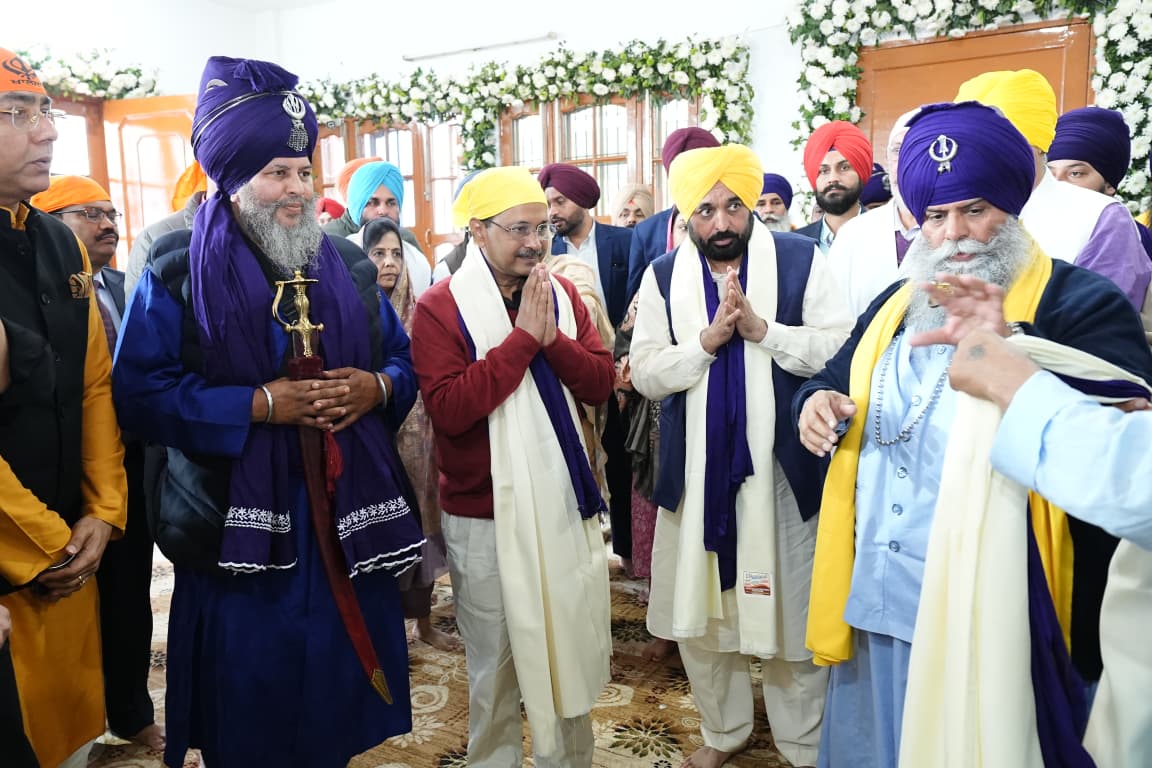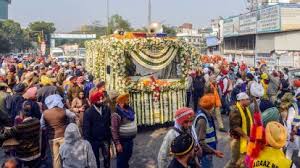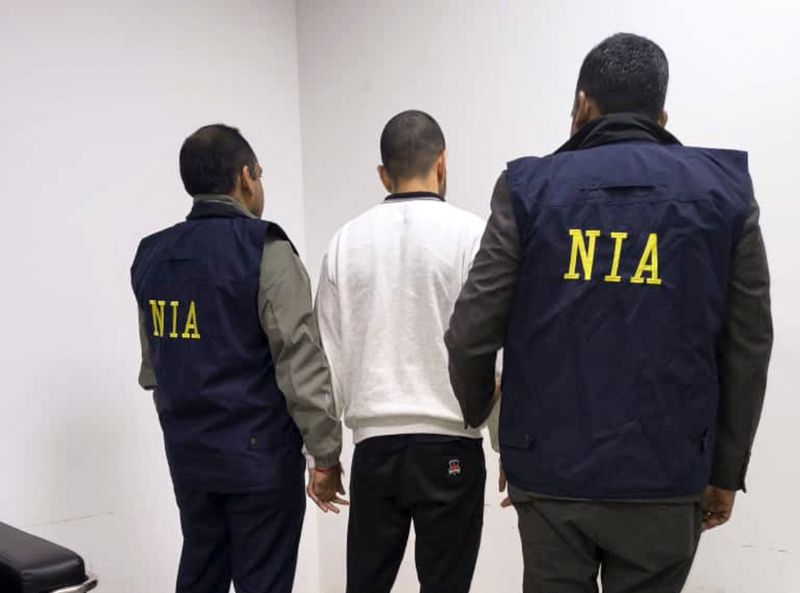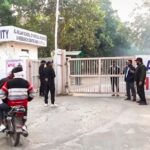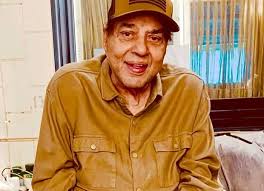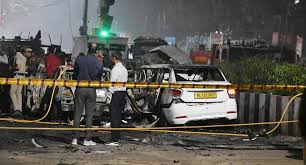Listen To This Post
Jailed gangster Lawrence Bishnoi Brother Anmol Accused ran extortion and terror operations from abroad; 19th arrest in Bishnoi-Brar syndicate case
New Delhi: The National Investigation Agency (NIA) on Wednesday arrested Anmol Bishnoi, the brother and close aide of jailed gangster Lawrence Bishnoi, shortly after he was deported from the United States to India. Wanted for his alleged role in multiple high-profile killings, extortion rackets and targeted attacks across the country, Anmol had been detained by US authorities since November 2024 and was placed on a deportation flight on Tuesday.
Absconding since 2022, the gangster operated from abroad as a key handler for the Bishnoi-Brar network—one of India’s most notorious crime-terror syndicates—using encrypted channels, foreign safe houses and international facilitators. His arrest marks the 19th major detention linked to the network and is being viewed by security agencies as a significant breakthrough in dismantling the group’s overseas command structure.
High-Profile Crimes: From Sidhu Moosewala to Salman Khan Firing
Anmol’s name surfaced prominently in several cases that had national ramifications. These include:
-
Murder of NCP leader Baba Siddique in Mumbai (October 12, 2024).
-
Firing outside Salman Khan’s Bandra residence in April 2024, allegedly meant as a threat signal.
-
Assassination of Punjabi singer Sidhu Moosewala in May 2022, executed by shooters linked to the Bishnoi-Brar gang.
The NIA said Anmol had been chargesheeted in March 2023, with evidence indicating that he “actively coordinated and aided designated individual terrorist Goldy Brar and his brother Lawrence Bishnoi” in planning and directing acts of terror between 2020 and 2023.
Officials said the gangster used foreign shelters, fake identities and cross-border finance channels to “run terror syndicates from US soil”, deploying shooters in India, managing threats, and orchestrating extortion collections through digital wallets and hawala operators.
NIA: An Overseas Handler at the Heart of a Terror Network
An NIA spokesperson said Anmol was functioning like a central overseas command node, assigning targets, coordinating arms deliveries and managing logistics for the gang’s India-based operatives. “He provided shelter, weapons, logistics and movement support to shooters. He conducted extortion in India through digital channels while sitting abroad,” the spokesperson said.
The agency believes the Bishnoi-Brar syndicate evolved into a hybrid terror-crime structure, executing murders for money, settling foreign scores, and using high-profile hits to intimidate political and entertainment figures.
NIA’s larger investigation is focused on dismantling the ecosystem of financiers, arms suppliers, smugglers, gang couriers, and social media handlers who enabled the gang to operate seamlessly across continents.
Baba Siddique Murder: A Turning Point
The assassination of former Maharashtra minister Baba Siddique outside his son’s Bandra office sent shockwaves across political circles. The killing was seen as a message to rivals and a demonstration of the gang’s ability to strike in India’s most high-security urban zones.
With Anmol’s arrest, 26 individuals linked to the Bishnoi syndicate have been detained in the case. Mumbai Police invoked the stringent Maharashtra Control of Organised Crime Act (MCOCA) to probe the conspiracy, financial backing and communication chain behind the murder.
Anmol, alongside Shubham Lonkar and Zishan Mohammed Akhtar, was named as a wanted accused by Mumbai Police.
A Global Network Under Pressure
The Bishnoi-Brar syndicate has in recent years evolved into a transnational crime organisation, with operatives or associates reportedly spanning:
-
India (Punjab, Haryana, Rajasthan, Delhi NCR, Maharashtra)
-
Canada (home base of Goldy Brar)
-
United States (temporary base of Anmol)
-
UAE and Nepal (intermittent operational hubs)
The gang relied on multiple channels to stay ahead of law enforcement:
foreign-origin SIM cards, VPN-based calls, shell companies, hawala routes, migrant facilitators, and encrypted apps.
Security agencies believe Anmol’s detention in the US and deportation came after sustained diplomatic pressure and intelligence sharing, given his involvement in politically sensitive and public-centric crimes.
How US Authorities Closed In
Anmol had entered the United States unlawfully and was detained by American authorities in November 2024 in a targeted immigration enforcement operation. Over the following months, Indian agencies provided case dossiers, digital forensics, call-record data and financial intelligence linking him to multiple terror crimes.
US enforcement eventually initiated “removal proceedings”, culminating in his deportation on Tuesday.
NIA teams were present at the airport to take him into custody upon arrival.
NIA’s Larger Crackdown: Breaking the Crime–Terror Nexus
The NIA said its ongoing probe is aimed at destroying the convergence of gangsters, arms smugglers and terrorist handlers, a nexus that has evolved rapidly over the past decade. The agency is examining:
-
Foreign funding channels
-
Cross-border arms smuggling networks
-
Handlers coordinating from Canada, the US and Dubai
-
Digital extortion and cryptocurrency trails
-
Safe houses used by shooters in Indian metros
Officials believe the Bishnoi-Brar syndicate had begun functioning like a parallel terror enterprise, with killings used to generate money, exhibit dominance and recruit young men from rural Punjab, Haryana and Rajasthan. Anmol’s arrest, they say, “cripples the network’s overseas coordination backbone”.





